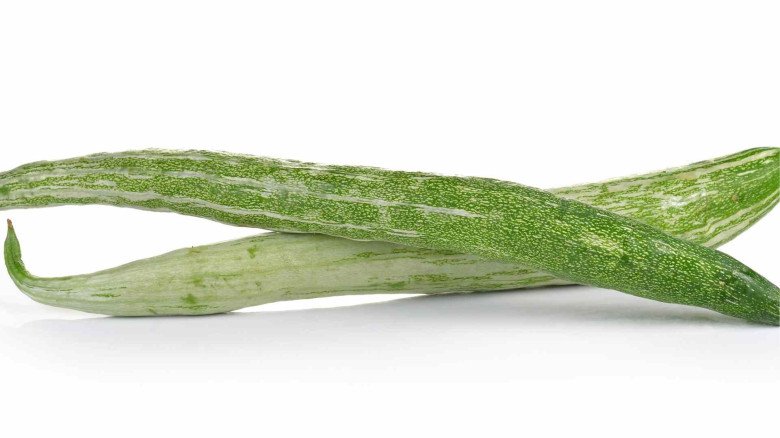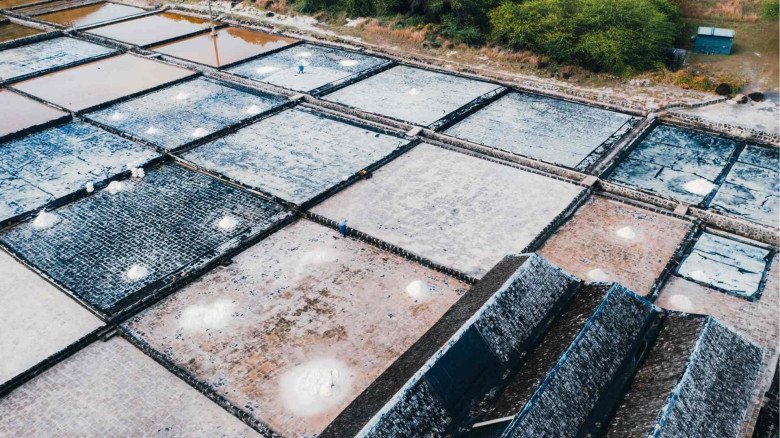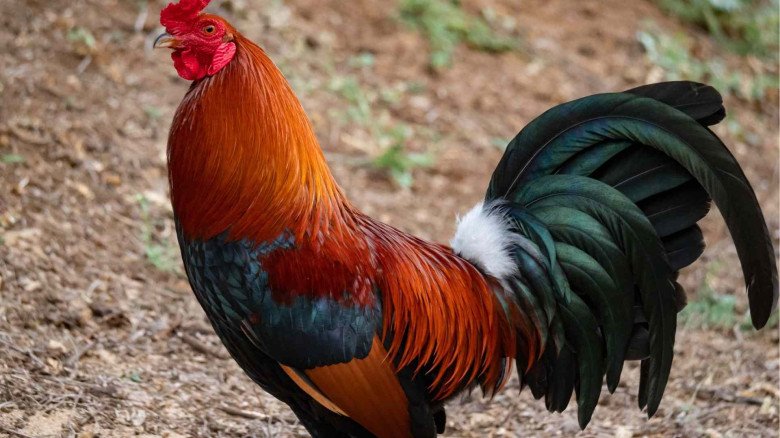Broccoli Cultivation | A Guide to Successful Growth and Harvesting
One of the key vegetables in the Cole crop family is broccoli. It has an abundance of minerals and vitamins. In actuality, it has the highest protein content of all the cole crops and more vitamin A than cauliflower and cabbage. Antioxidants and anti-cancerous substances are also present.
There are two varieties of broccoli | the heading type and the sprouting (green and purple) variety.
While sprouting broccoli has a cluster of green, immature buds and a thick, meaty flower stem that forms a head, heading broccoli curds like cauliflower. In India, sprouting broccoli is more common.
Diverse
In India, green sprouting broccoli with compact, firm, and green crown heads is increasingly in demand. KTS-I, Solan Green, Lucky, Fiesta, Pushpa, Aishwarya, and PalamVichitra are the notable kinds.
Climate and Soil
Although it may be cultivated in many types of soils, sandy and silt loam soils work best for broccoli. For healthy development, it prefers upland soil that drains well. The ideal pH range is between 5.8 and 7.2.
It is a crop for the cool season and is temperature-sensitive, both very low and very high. The recommended temperature range for crop growth is between 10 and 25 "C.
Field setup
similar to cauliflower
400–500 g of seed per hectare
Plain: mid-September to early-November is the sowing time.
September to October in the hills
nursing Bringing Up
the same as when transplanting cauliflower
After four to six weeks of sowing, the seedlings are prepared for transplanting. Apply FYM @ 10-15 t/ha one month prior to transplantation. At the time of transplanting, 120 kg of nitrogen, 80 kg of phosphorus, and 60 kg of potash should be applied. After transplanting, the remaining half of the nitrogen needs to be administered in two separate doses at 30 and 45 days. The best time to transplant is in the afternoon, 45x30 cm apart.
Watering Depending on the weather, light and frequent watering should be applied every ten to fifteen days.
Cross-cultural Collaboration
Weeds must be kept out of the crop. Twenty to twenty-five days after transplanting, you should undertake a shallow hoeing to get rid of weeds and soften the soil for better air circulation.
Plant protection strategies
Cutworms The 3 to 4 cm long, gray, brown, or nearly black caterpillars have a variety of patterns. They feed at night and conceal throughout the day. They harm the plant by nibbling at the leaves and by chopping off the tiny seedlings that are just above the ground.
One method of control is to remove and destroy the larvae while they are still young in the crop.
2. After every 25 rows of the crop, paired rows of mustard are planted.
3. Applying Rogoror Endosulfan@ 2–3 ml/l of water to the badly affected crop by spraying.
Leaf Webber | The larvae, which remain on the underside of leaves in webs and eat on them, skeletonize the leaves. Additionally, they target floral buds and pods.
Usually, the insect ruins early-grown crops.
One method of control is to remove and destroy the larvae while they are still young in the crop.
2. Apply 0.5 milliliters of Cyfluthrin per liter of water to the crop.
Aphids: They consume the plants that have an impact on the quality. Aphids may use mustard as a trap crop. The insect can be controlled by spraying 4% neemseed kernel extract or 0.02% oxydemeton methyl.
Mustard sawfly larvae: These insects feed on leaves and can be managed by using a 0.05% solution of chlorpyriphos or quinalphos.
Damping off | In the nursery, this is a dangerous illness. In severe cases, the infection at the collar region causes the affected seedlings to droop and fall off. It is advised to treat seeds with 2.5–3 g/kg of Thiram or Captan.Use either Dithane-M-45 @ 2g/l of water or Babistin@ Ig/I on the seedlings.
The illness known as downy mildew manifests from the nursery to the curd formation stage. Alright
On the leaves, fungi growth that resembles hair is seen. On the upper surface of the leaves, tiny pinhead-sized brown necrotic patches develop in accordance with the downy fungal development.
Avoid intensive seeding in nurseries in order to control the disease. Instead, apply Mancozeb@ 0.25% foliar spray at the onset of the illness and repeat the treatment every 7 to 8 days.
The fungus Sclerotiniasclerotiorum is the source of white rust, an illness spread through the soil.
Plants abruptly wilt as a result of the fungus attacking the bases of the outer leaves. The soil should be saturated with Bavistin@ Ig/litre of water in order to control this disease. Before transplanting, seedlings need to be submerged in a 0.25 percent Benlate suspension for five to eight minutes. It is necessary to plough deeply since the fungus cannot survive below 15 cm agriculture.
Black rot | The disease's initial symptoms frequently show up as chlorotic areas along the leaf margins, and when the chlorosis spreads into the midribs, it forms a V-shaped patch. Anywhere on the leaf, even the center, may show symptoms. Seeds are the means by which the bacteria are spread.
Black leg | During the growing stage, it is more common in damp places, particularly those with considerable rainfall.
Hot water at 500 C for 30 minutes or mercuric chloride at Ig/1 for 30 seconds should be used to treat seeds.
Gathering and production
Following 80–90 days of transplanting, the crop is ready for harvesting. Using a sharp knife, heads with 10- to 15-cm stems and compact, green bud clusters are removed.
Depending on the type, yield might range from 175-240 q/ha on average.
-logo.webp.png)
.jpg)
-logo.webp.png)

































Leave A Comment